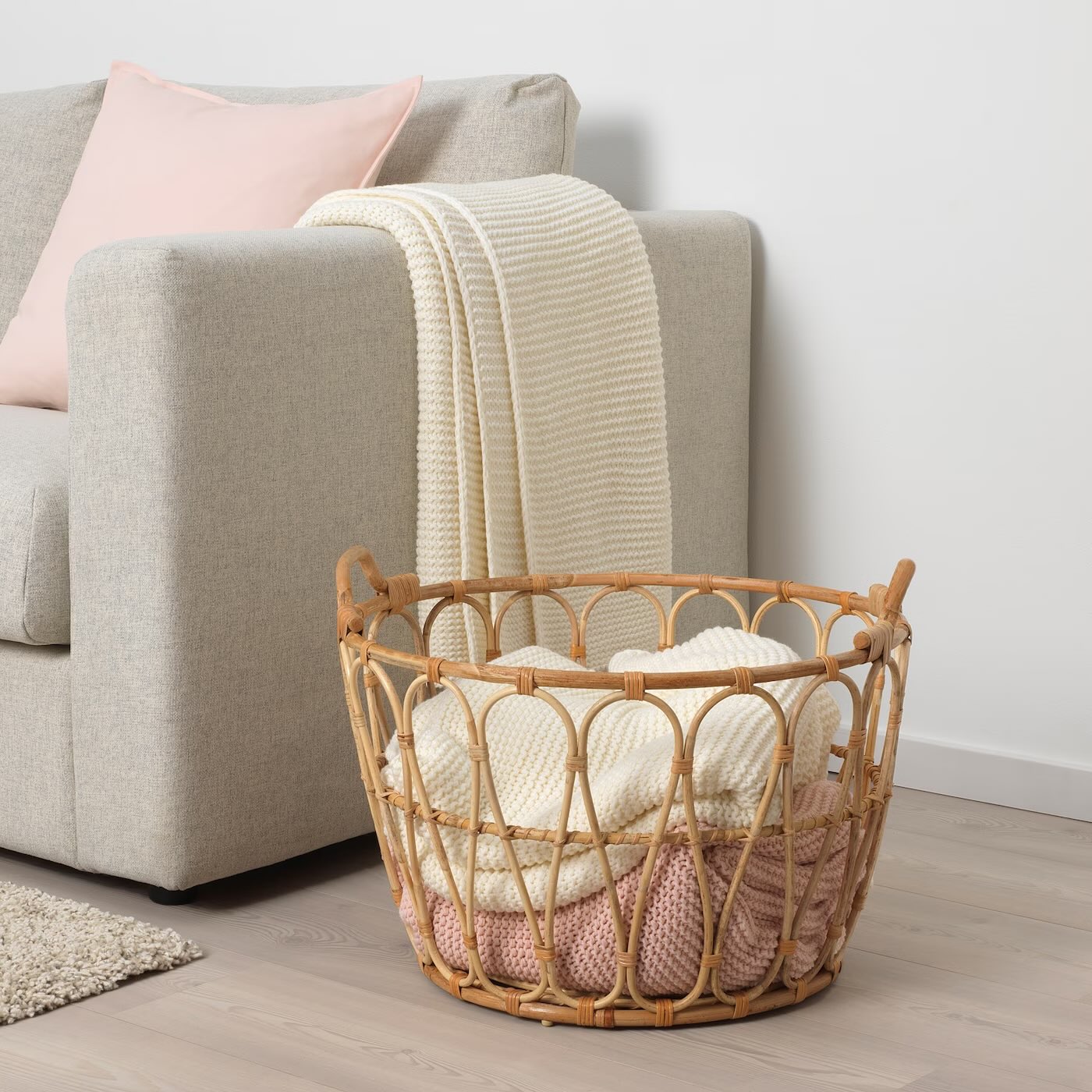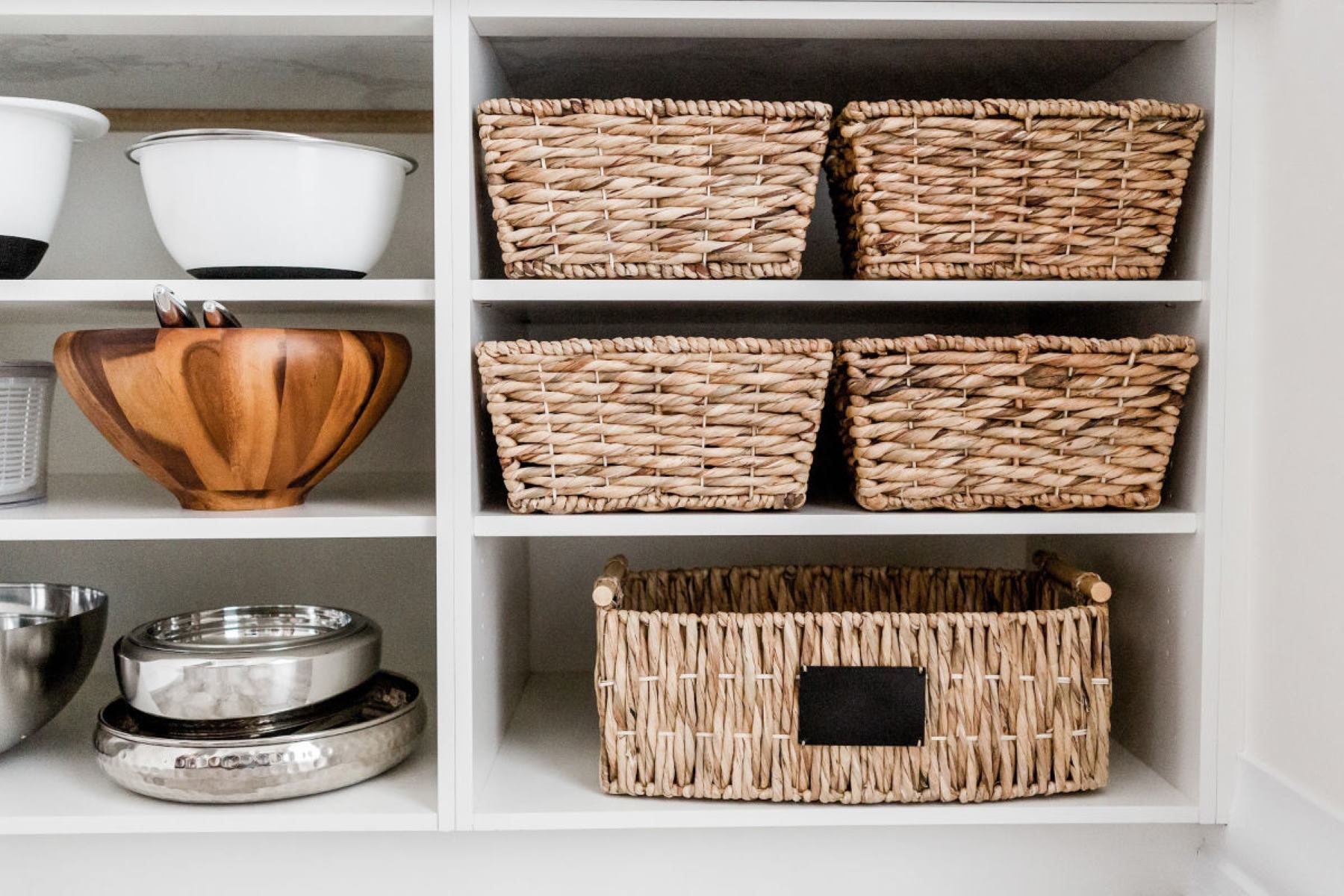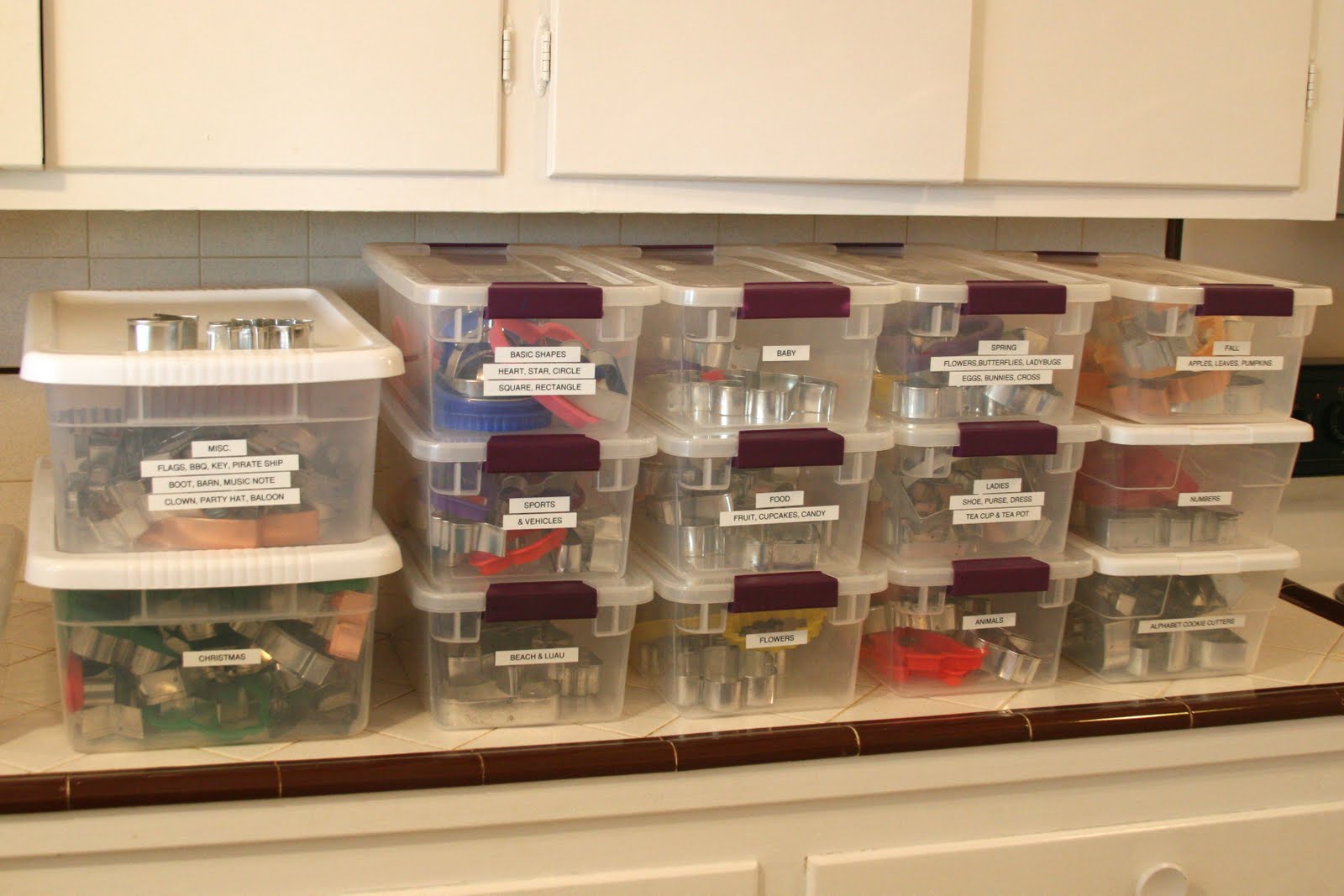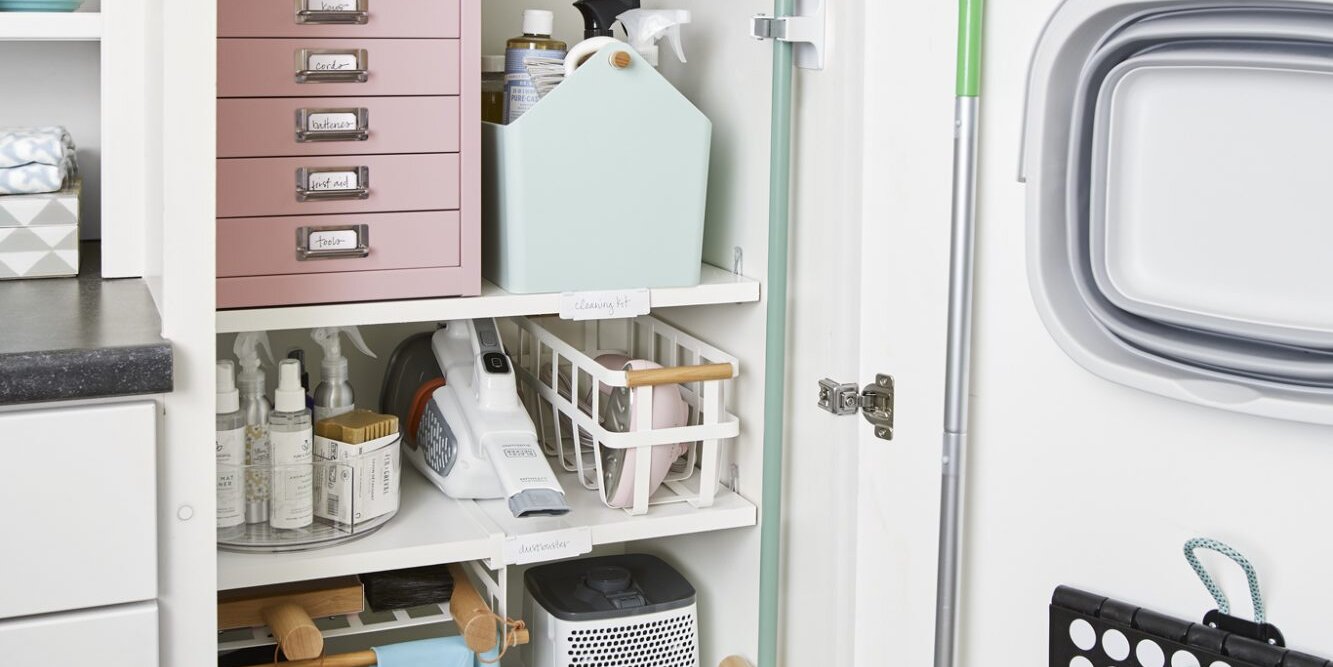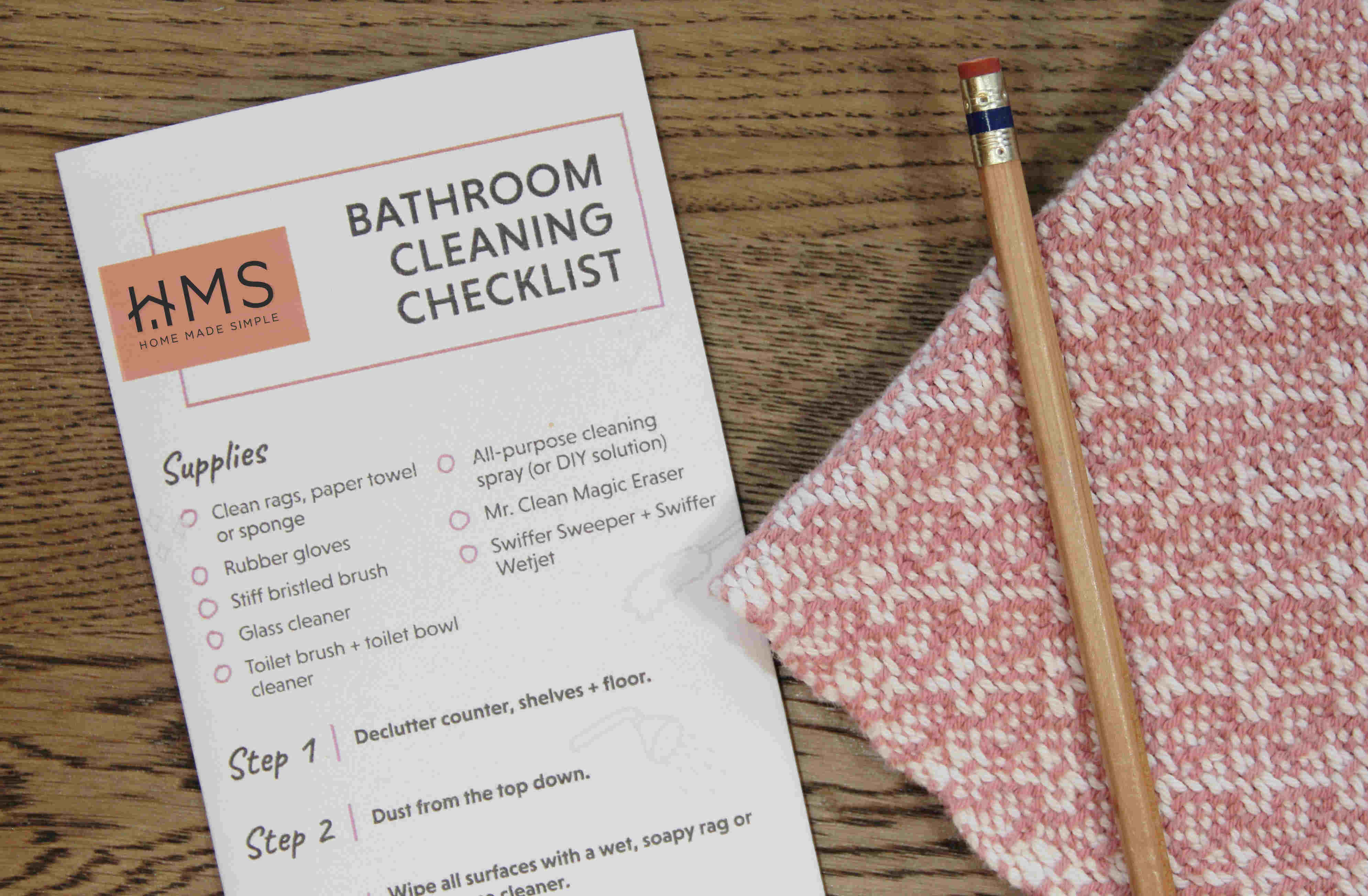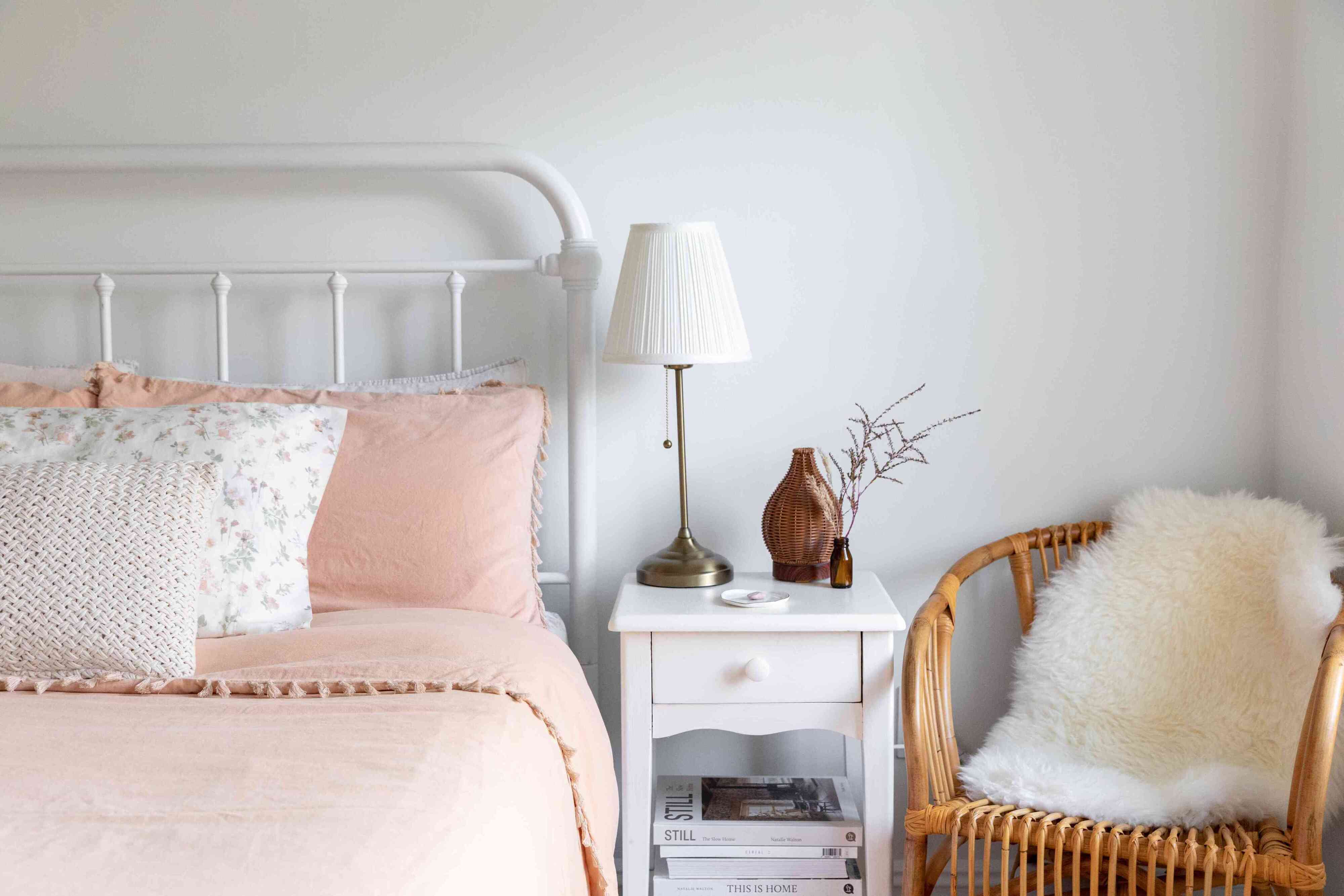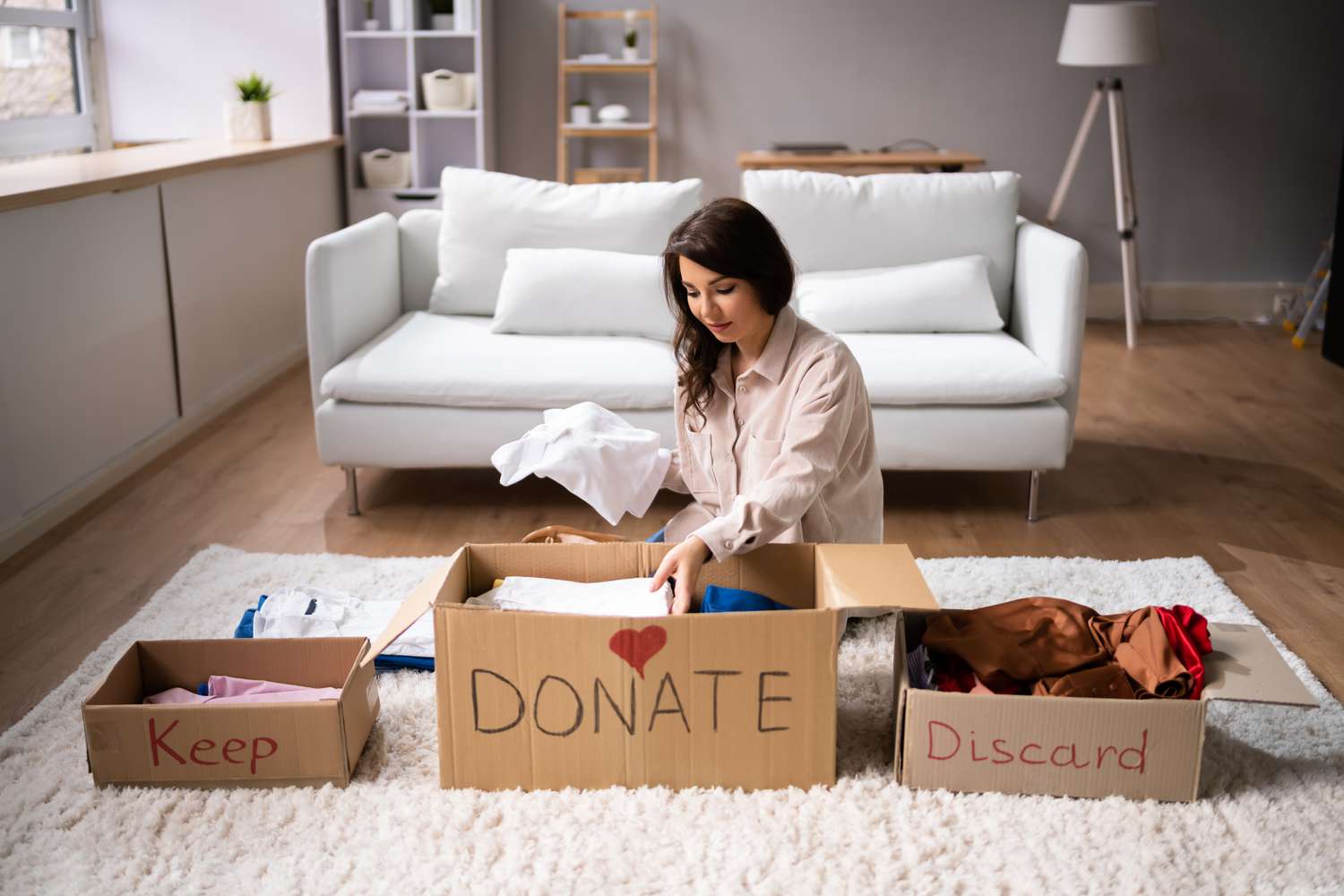Home> Organization Tips
Organization Tips: Unleash Your Productivity with Simple Strategies
Discover effective organization tips to boost efficiency! Transform your daily routine, enhance productivity and bring order to chaos with our proven strategies.
12 Amazing Baskets For Organizing for 2024
By: Isabella Mitchell • 100 Best Storage Baskets To Declutter Your Space
7 Front Porch Furniture Ideas That Are Both Pretty And Functional
By: Alexander Johnson • Interior Design
12 Genius Storage Tips For An Organized Cleaning Closet
By: James Anderson • 70 Bedroom Storage Products For A Relaxing Space
Spring Cleaning Checklist: The Ultimate Guide To A Tidier Home
By: Henry Campbell • Best Living Room Storage: The Ultimate Guide
How To Declutter A Bedroom With Too Much Stuff: 10 Easy Ways
By: William Harrison • Interior Design
